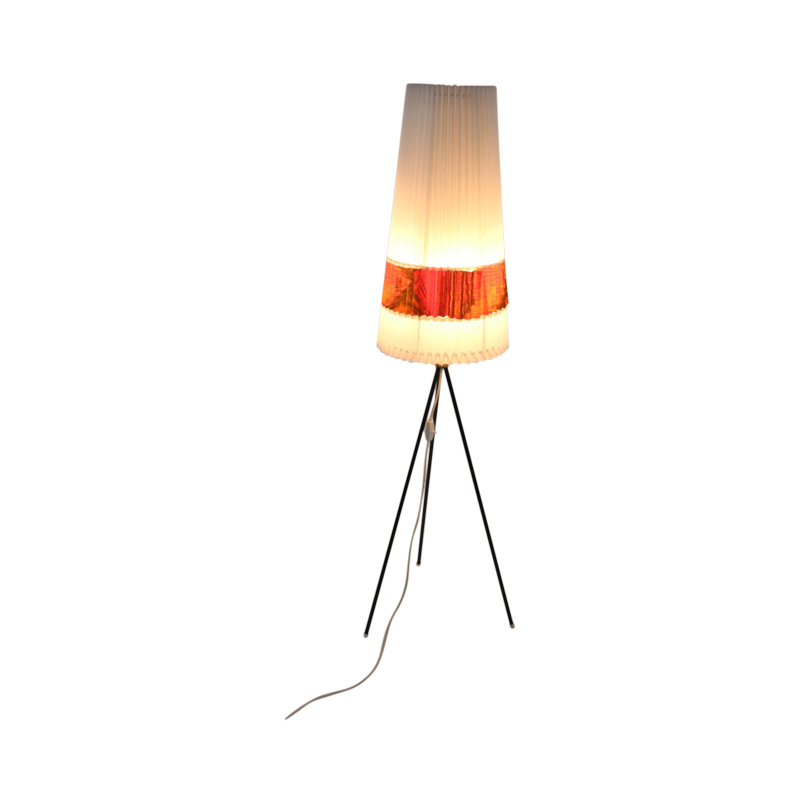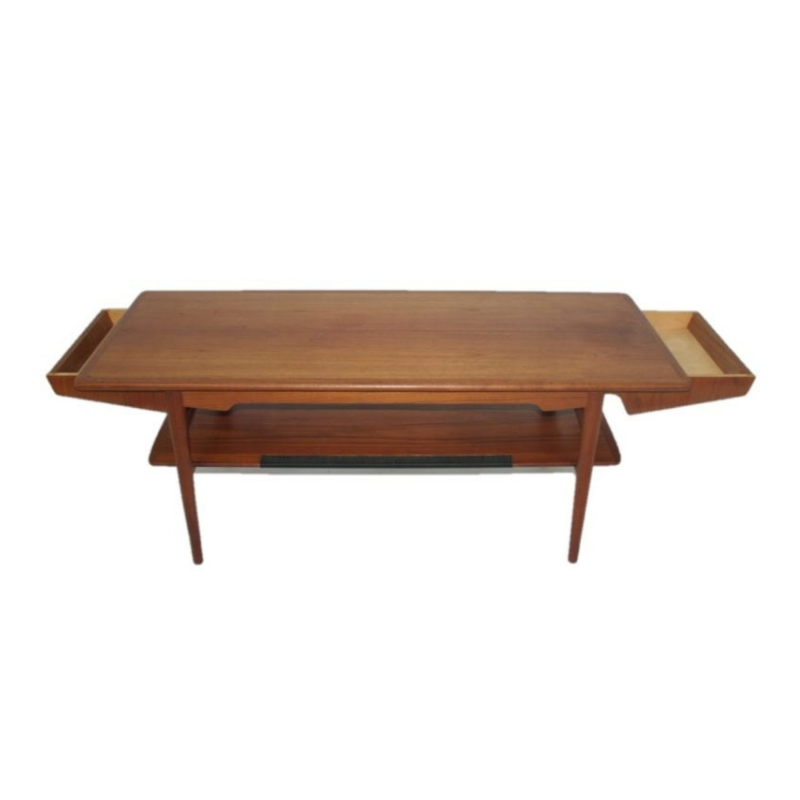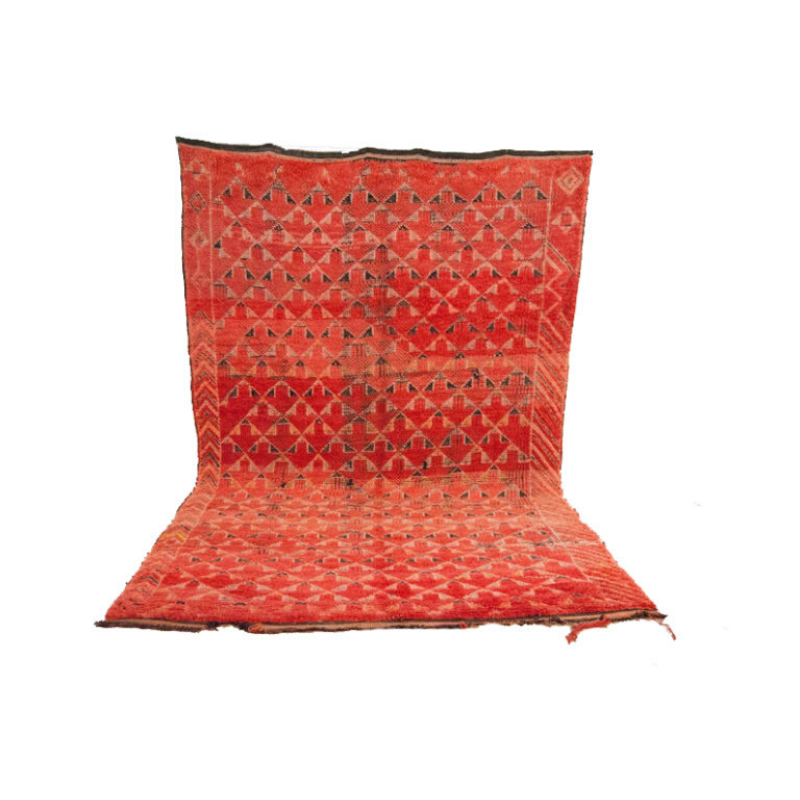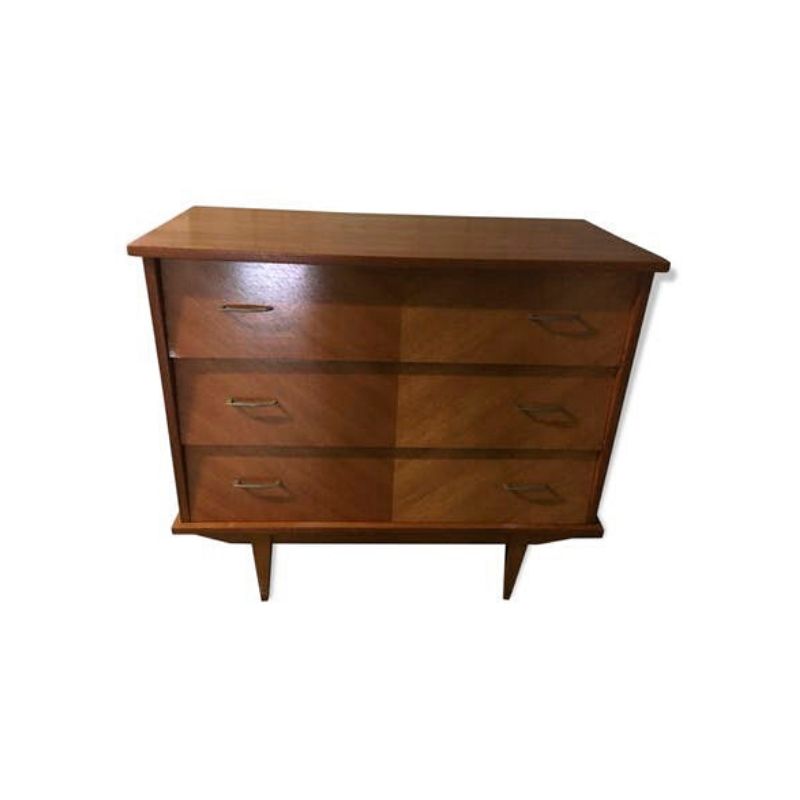Hello,
I am working on my thesis and was hoping the DA'ers may have some suggestions on interesting articles, books or ideas to explore.
I am exploring reissues of iconic 20th designs, specifically looking at posthumous production of never-realized drawings, and the affects of reissues on the marketplace.
For now I am concentrating on a handful of designer : Kjaerholm, Mies, Mouille, and Eames...perhaps Billy Baldwin.
One of the challenges I am having is finding out how many examples of a particular piece were actually made since production started.
I am also interested in exploring the idea of "nature of the medium" and making comparisons to photography, the negative, (un) editioned prints, posthumous estate prints etc.
Any ideas or suggestions would be most appreciated.
All the best,
Troy
Try the Schiffer books
Many of George Nelson and Charles & Ray Eames' patent drawings are included in a number of the books published by Schiffer.
Try
Herman Miller Office
and
Classic Herman Miller (especially rich in drawings)
The excellent books on Knoll have few designer patent drawings.
Very little of the U.S. post WWII designers had very many pieces that were not produced during their lifetime, put out after their death.
The 1984 Eames Sofa was being worked on during the Eames' lifetime, and it was only produced after their death.
Same goes for the La Chase, which was totally designed in 1948 for a competition, but not produced due to its cost. Vitra (through a lisence agreement) introduced it in 1990.
Hope this helps.
Eames
Hey Troy,
Good luck - I hope you'll post us a link to the thesis when complete.
With Eames in particular there is an interesting argument made about alterations of modern productions vs. original productions - specifically because the Eames never really looked at any product as "finished". They were constantly tinkering and making things better, sometimes worse, more streamlined in production, etc.
An interesting example arises in their plastic chairs. Made for the first 40 years out of fiberglass, they are now being produced in plastic. Purists cry foul, but the Eames had been producing other chairs (the EA127) with a roto-moulded plastic component. So the argument is: would they have eventually moved to the plastic if they had been alive?
If you're going to mention any of the rise of design as "precious object" you might look into Vitra's (somewhat contentious) issuing of Eames 'artifacts' - the wooden bird that appears in the Eames wire chair photo, the plywood elephant etc.
an interesting thing ...
an interesting thing happened last week we got 4 eames arm shell chairs sent in, all black bottom fiberglass.
The guys started stripping and reworking them and Joe came to me and told me 2 of the chairs are 1.4 inchs smaller than the other two,
i was pretty amazed as for redoing over 200 arm shell chairs it is pretty cut and dry,
of course we had to make a new pattern, but i kept wondering why Herman Miller would do that,
I found out the answer 3 days later ,
Those smaller arm shell ones were for the tandems that they used in airports and bus stations, most of those that you see are just side shells , and i tried one time to put three armshells that i had in the warehouse on a tandem pole, and it would not fit,
Has any one else ever known this ? that there are 2 sizes of armshells floating around out there.
I ad no idea! Do the regular...
I ad no idea! Do the regular bases fir the smaller armshells?
Also - The recently reproduced Organic Series chair by Eames/Saarinen.
Totally predictable how most of the conversation leans to Eames. There is more public knowledge available on them than other designs because of their legacy so I guess it is to be expected.
I bet Saarinen had some unproduced material.
Troy,
After just finishing John Silber's Architecture of the Absurd, I would probably not compare with photography for the simple reason that designers and photographers, are in quite different professions. Designers build useful things and imbue them with as much beauty as the constraints of use permit. I sit in a chair. I look at a photograph. A chair is primarily functional with some ornamental aspects. A photograph is about as purely ornamental as a thing can get. Comparing design with photography seems like comparing apples and oranges, unless the crux of your thesis is exploring the difference between reissues in the useful vs. the ornamental.
A more illuminating comparison might be to consider reissues of highbrow and lowbrow designs, or reissues of "designer" designs vs. no-name designs, or reissues of "designer" designs vs. kitsch.
For one example, compare and contrast the reissues of the great designers'
reissued objects that interest you with the reissue of the Ford Mustang and imminent reissue of the Chevy Camaro, which have no single great designer's name attached to them. It suggests reissuance currently has more to do with nostalgia for iconography of a reassuring time in the past than with the brilliance of the great designer many admire.
Better yet, explore the reissue of these great furniture designers' works with the reissue of certain generic appliances from the MCM era. Specifically, I recall a blue streamlined refrigerator advertized in the back of Dwell for several months now. My parents had a reefer like this one in Dwell. Its designer was hardly an auteur type designer, yet the reefer is being reissued, or at least copied and updated. What does this tell us about the reissuance phenomenon? Again it suggests that there's a strong demand for nostalgic, reassuring icons from a past the present human imagination is fictionalizing as kinder and gentler and more innovative than the present seems to be. Further it seems, at least to significant degree, a marketing phenomenon; i.e., only that which can be spun to fit the nostalgia driving the Modernist Revival gets reissued, not the less iconographically compelling designs, regardless of whether done by great designers or no names. The Edsel is not being reissued, because it was a bust at the time. We're looking for today for successes in the past to reassure us that there can again be successes in the near future, because our present seems littered with failures.
Pt.2
One can go on and on with this thesis. One can cleverly "design" the thesis to fit the biases of the thesis advisors. Basically, you pick auteur objects and no-name designer objects that appeal to the nostalgic streak in the thesis advisors. In short, you design a thesis that allows them to explore and indulge in their own nostalgias beneath the surface, while on the surface paying lip service to the academic endeavor of systematizing some new organization of knowledge. To make life simple, you want to pick a group of thesis advisors that are about the same age, or of differing ages but with the same ideologically driven nostalgia, and then contrive the scope of study and case studies to fit the common ideological nostalgias of the thesis committee.
In turn you can view your thesis advisers as a focus group for a broader book market niche about this nostalgia and knowledge.
You don't have to focus your thesis on something as typically pejorative as nostalgia, either. You could focus it on the shared and differing asethetics found in reissued "designer" products and no-name designer products.
And so on.
...what would be do in this forum without...
dcwilson?
I apologize for having been silent on many subjects but I needed some repair work on my four chamber motor. Although not as universal and flawless as many would want, Canada has a good medical system but it does not come with internet connections.
It seems to me that some of the reproductions are easy to explain, some are less obvious. In the first category I would see all these past succeses that in many cases never really left the market. Their sales have gone up and down according to mostly professional interest, specified by designers and architects. Their historial value was sometimes acknowledged, most of the time it was not needed because the potential clients knew as much about the products as the producers and distributors. During the seventies and eighties not much was done to keep these living memeories alive. Just minor improuvements, mostly available in the original finishes and colours.
For Fritz Hansen to aquire the rights to produce a large part of the Poul Kjaerholm products, was as much an homage to the than recently defund designer as a good commercial move. I suspect that it actually was more of the first and less of the second. I still have the first brochures Fritz Hansen was kind enough to send me and it had nothing ambitious about it. It was very much in tune with an homage. When I compare this with the introduction of the PK 8 (based on the PK 9 shell and a three legged version Poul Kjaerholms widow still had at home and the PK 58, a table that was only known from sketches, I see a different commercial mechanism. Companies like Fritz Hansen have come to the conclusion that nobody selects as well as time and faced with an avalanche of young talented designers with all, more or less the same potential, they feel unable to select which one will be the next Wegner, Mogensen or Kjaerholm. This is not unlike their american counterparts who are looking for the next Eames, Bertoia,etc.
In other words the designers name has become a brand and as any brand, a major asset to the company. It is therefore to the advantage of the company to carefully go through sketch books of these established designers, because a new model of an existing "brand" designer both re-enforces the brand and saves you the huge amounts of money that are involved in establishing a new one (making a young designer known). You can even o as far as post-dating the design (the PK 58 is designed in 1963 according to FH and the PK 8 in 1978. I understand the difficulty in dating a design decades after the death of the designer and still attribute it to him, but the fact is that Paul Kjaerholm did not design the PK 8 as it is now and it is not a reprodustion of what Hanne Kjaerholm had at their common home. It most likely had the same measurements and proportions, something that can not be said about the PK 58.
cont.
I have argued several times here that the growing interest of the media for design is a two sided sword. Of course it attracts attention to design and to good designers, but it also is based on the limited capabilities of human memory. There is simply a limit to how many "well known" designers one can memorize.
I was reminded of the disproportion between that limitation and the amount of available talent the other day when I met one of my dear clients. He showed me a line of products he had commitioned with let say, one of the 25 best known designers on the planet. He kind of apologized when I questioned some of the features of the line and listened to some of the major cost increasing measures he had to take to achieve the same features we had included in previous products for no additional costs at all. He concluded by saying,"...I know,you know much more about...(his line of products)...than ...the famous designer..., and yours certainly are a lot better but the market is looking for well known names and you are just not known enough.
I tell the story with some hesitation because this is not about me. I am where I am by my own choices and I have been delighted every day by the problems trusted to me, the technical and functional challenges given to me and with the exception of this recent hospital stay I have not been one single day without work for decades, on the contrary I could always share it with at least half a dozen people. But what about young talented people? What companies are expecting now is that they create a name for themselves, at their own cost and effort. That they play the media game until they can take over with a minimal risk...does it give us better products, no. Most of these products are not products, they are "my take on a chair, my take on a salad bowl, my take on cutlery, my take on anything...as long as you do not ask me to know enough of this product to really make a significant improuvement"..." If you want that, ask one of these thousands of talented aspiring young designers that will never be known but are motivated enough by this profession to do the hard work. Just hand me the fame!"
What I wanted to say is that nostalgia is not as harmless as one would expect, trusting the well known is also distrusting the new. Looking at the screens showing my heart beating, and indulging in the joy of having all this technology at your disposal in spite of never having made any contribution to it, I wondered what my future would have been if the medical community and it's surgeons would have turned nostalgic for the technology of the mid century...and I was happy not to be a chair.
...I have to get the truck out of the snow before we get another 30 cm.(1 foot)....
.
I agree with what most of what Koen says, but I find it hard to reconcile my uneasiness with nostalgia and re-issues with my respect for the consistent production of a product for years and years (Landrover series 1/2/3/county + defender) there is a nostalgia there but the indicator lights etc etc havn't changed in 40 years! Replacement parts are cheap, well made and allways available)
I find the most intersting designers to talk to are the ones who at the least make their own prototypes, anyone who just does a sketch without knowledge of the material or even the way its put together is pretty tedious to talk to...I don't really understand why these younger designers want fame.
As to re-issues and archive harvesting Mies' adjustable chaise and the inevitable reintroduction of the tugendhat are all thats really on my mind atm, Actually Knoll have brought something out call the Krefeld chair which I don't think was ever made before...I'm sure its well made but from pictures it looks like barell scraping to me.
Thanks
Thank you all for your suggestions & musings
Keon: a speedy recovery
To clarify the comparison of reissues with photography. My concerns are more related to production quantities and evaluation. Most collectors have little interest in a posthumous print because of the interest in the "hand of the artist" (eventhough many major photographers didn't even print their own work). One would think this mindset would extend to collecting/buying furniture. Yet its likely that sales of chairs by Eames, Kjaerholm and others were greater after their death. Are versions of PK22 equal whether they were made in 56, 81, 2001?
And then there is the prickly idea of a piece that was never even produced during the designer's lifetime, yet is still marketed and sold as their own work...
Fritz Hansen is not the only manufacturer releasing "new" Kjaerholm. Check out www.skny.com for additional "limited edition" pieces being launched at Design Miami.
Maybe I should add that I am coming from a background in the art market, specifically an auction house. 20th Century furniture has been appropriated by this realm in recent years. Perhaps I am trying to reconcile furniture in the context of the marketplace, when the number of pieces produced is typically not communicated...
Thanks again and all the best,
T
If you need any help, please contact us at – info@designaddict.com









